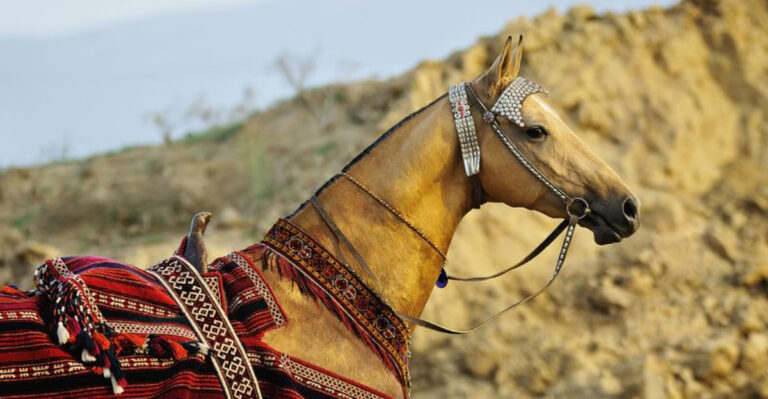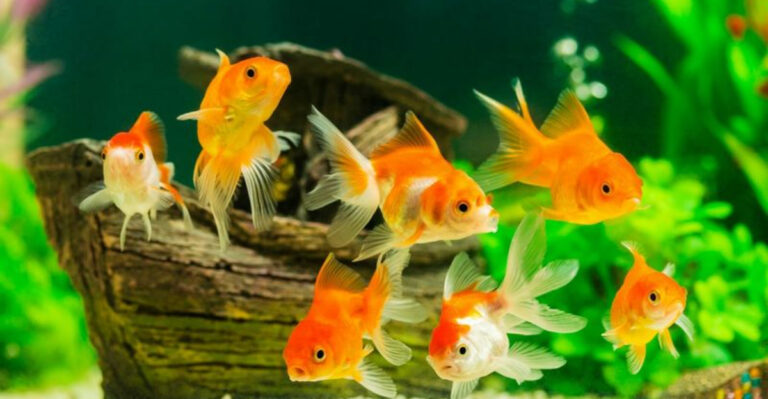9 Environmental Trends That Are Shaping The Future Of Big Cats Around The World
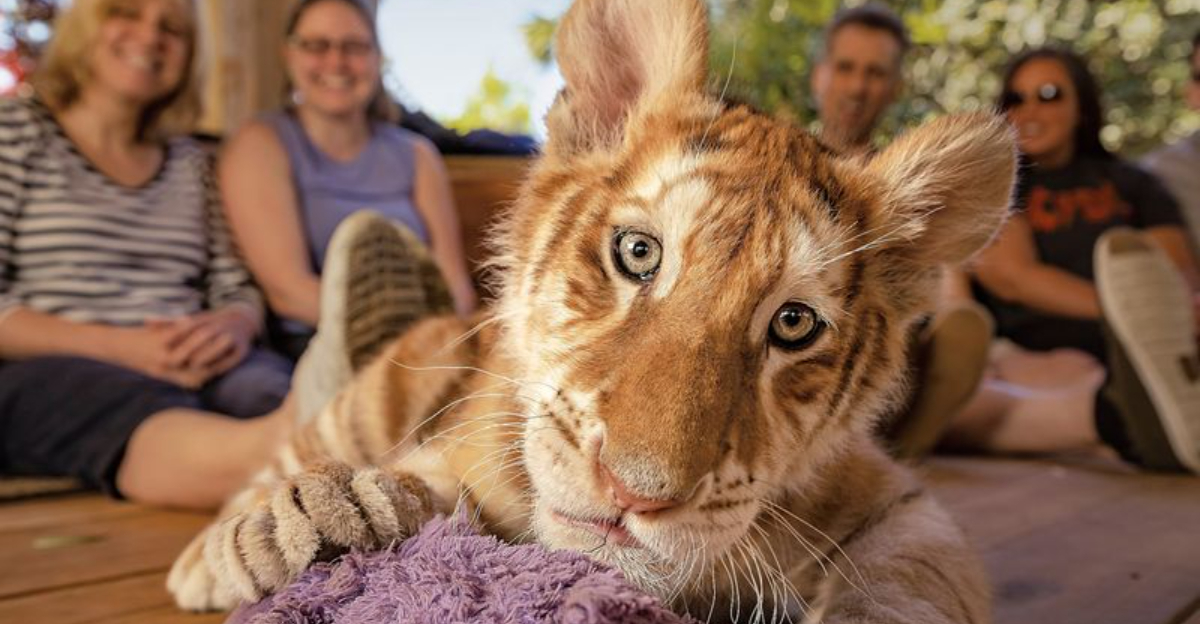
Our planet’s magnificent big cats face unprecedented challenges as their world transforms around them.
From lions prowling Africa’s savannas to tigers stalking through Asian forests, these powerful predators are feeling the squeeze of human activity and environmental change.
Their survival hangs in a delicate balance that depends on how we respond to these shifting trends.
1. Global Climate Change Alters Big Cat Habitats
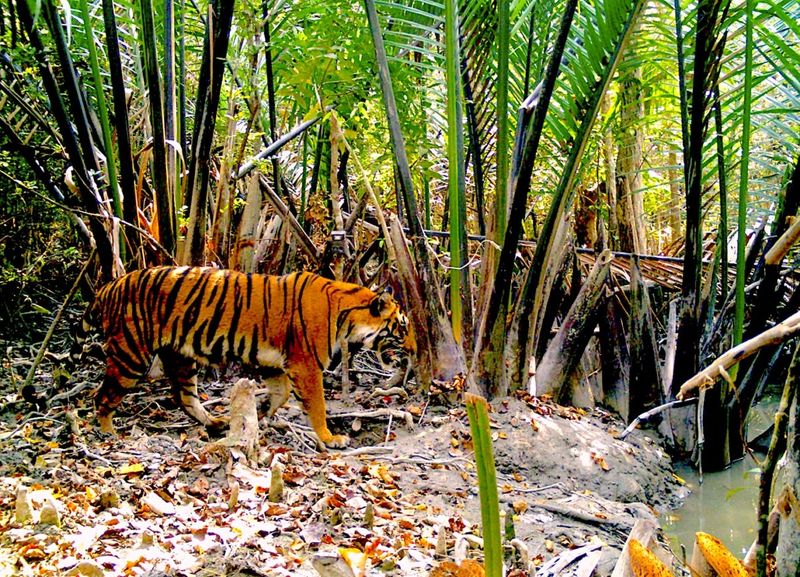
Our planet’s rising temperatures are reshuffling the ecological deck for predators worldwide. Melting snow in mountain regions forces snow leopards to climb higher, while droughts push lions into new territories.
When monsoons become unpredictable in India, desperate tigers venture into villages seeking water, often meeting deadly human resistance. These climate-driven migrations create dangerous new frontiers where survival becomes increasingly precarious.
2. Habitat Fragmentation And Loss

Roads slice through ancient migration routes while farms and cities swallow wilderness whole. Big cats find themselves trapped on shrinking habitat islands, cut off from potential mates and diverse prey.
Florida’s endangered panthers face a deadly gauntlet of highways, with vehicle strikes claiming precious lives from an already diminished population. The genetic bottleneck created by isolation threatens their long-term survival with weakened immune systems and reduced adaptability.
3. Advances In Conservation Technology
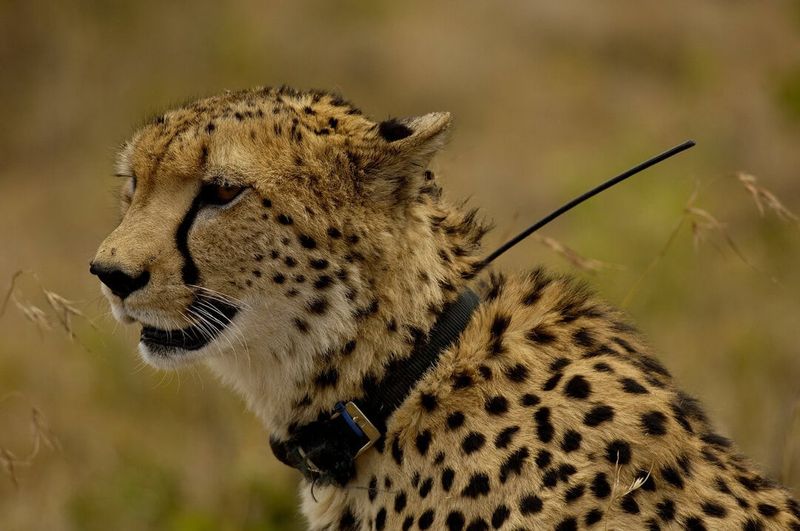
Smart collars now beam real-time locations of jaguars through rainforest canopies to satellites overhead. Rangers receive instant alerts when animals approach danger zones or poachers enter protected areas.
Thermal drones spot nighttime intruders while artificial intelligence sorts through thousands of camera trap images in minutes instead of months. These technological guardians extend the reach of conservation efforts, creating virtual fences around vulnerable populations.
4. International Big Cat Alliance (IBCA)
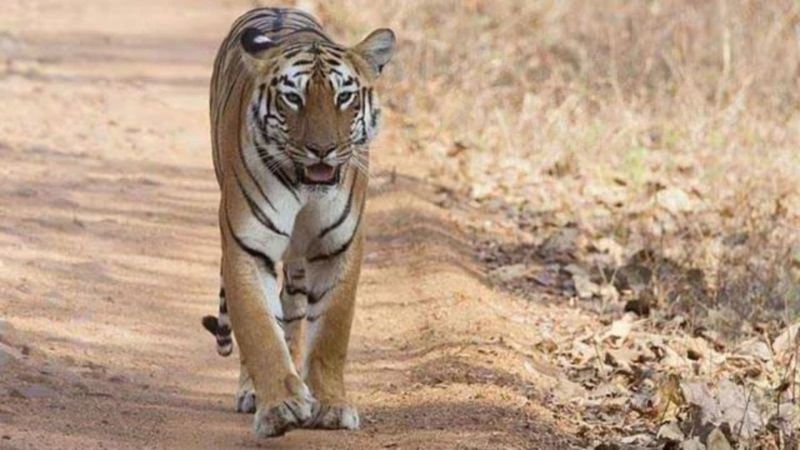
Representatives from nearly a hundred nations gathered in 2023, united by an unprecedented commitment to save the world’s feline predators. Their landmark agreement created shared standards for tracking poaching networks across borders.
Resources now flow more efficiently between wealthy conservation donors and frontline rangers. By coordinating efforts globally, the alliance prevents criminals from exploiting weak spots in protection networks, creating a united front against extinction threats.
5. Ecotourism As A Conservation Tool

Camera-wielding visitors now fund more anti-poaching patrols than many government programs. When locals earn more from showing live lions to tourists than from selling parts to poachers, conservation becomes self-sustaining.
Luxury eco-lodges employ former hunters as trackers, transforming potential threats into passionate protectors. The economic power of responsible wildlife tourism creates financial incentives that align human prosperity with predator preservation across critical habitats.
6. Community-Based Conservation Initiatives
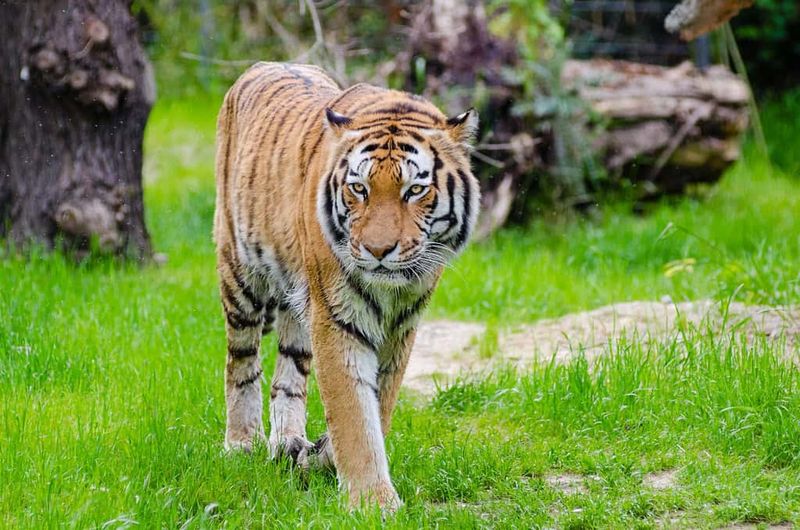
Villagers who once feared big cats now patrol forests alongside scientists, tracking paw prints and maintaining vital wildlife corridors. Simple innovations like predator-proof livestock enclosures have dramatically reduced retaliatory killings.
Solar-powered lights deter nighttime predator approaches in India, while community warning systems alert neighbors when cats are nearby. These grassroots solutions recognize that lasting conservation success depends on those who share the land with these magnificent hunters.
7. Legal And Policy Reforms
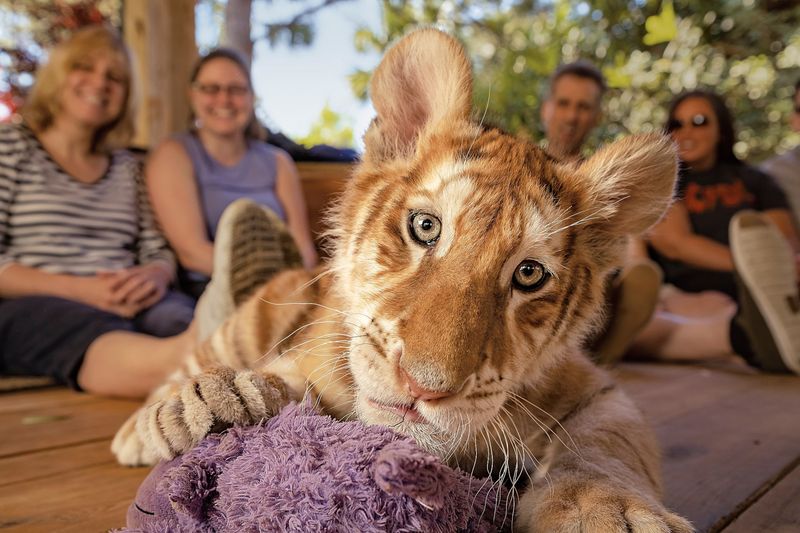
Courtrooms have become unexpected battlegrounds for big cat survival. Stiffer penalties now await wildlife traffickers, with specialized prosecutors tracking criminal networks across continents.
China’s landmark ivory ban created a template for similar restrictions on tiger parts and lion bones. Conservation organizations now partner with governments to close legal loopholes that once sheltered poaching operations.
8. Public Awareness And Education

Children who once feared mountain lions now learn about their crucial role in maintaining healthy ecosystems. Social media campaigns have transformed public perception, with viral videos highlighting the beauty and vulnerability of these apex predators.
Celebrity ambassadors amplify conservation messages to audiences who might never visit cat habitats. This growing awareness translates into political pressure for stronger protections and consumer choices that reduce habitat destruction.
9. Genetic Research And Breeding Programs
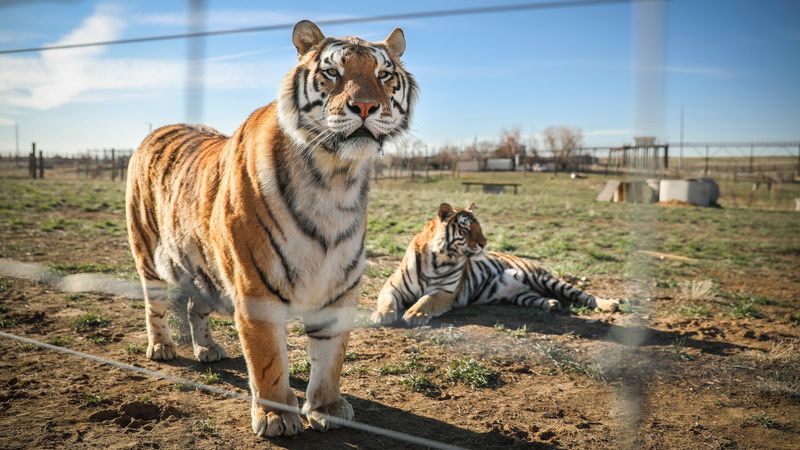
Scientists now map the genetic code of endangered cats, identifying vulnerable populations before visible signs of decline appear. Carefully managed breeding programs maintain genetic diversity, preventing the health problems that plague inbred populations.
In Russia’s far east, captive-bred Amur tigers are learning to hunt before returning to ancestral forests. These rewilding efforts represent hope that even nearly-extinct populations can recover with human assistance and scientific innovation.



